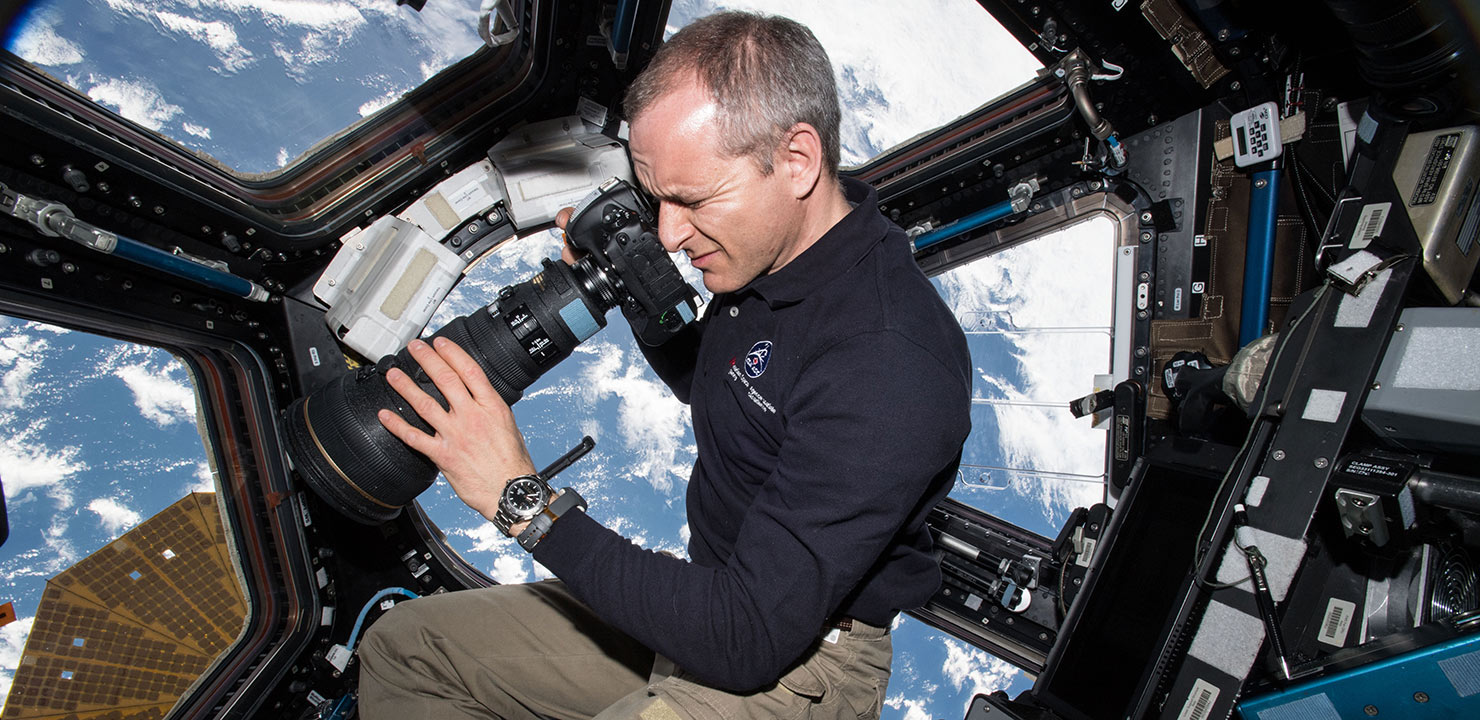
Space for Birds
April 2021 :
At this time of year, some of us possibly think of bird watching, as many species are returning to their “summer homes.” To do so, the natural thought is to look up; but, in fact, there is a program where the opposite occurs, as members of the International Space Station look downward, to view migrationpaths that many bird species take across the Earth.
This program is called Space for Birds, and it especially concentrates on several endangered or threatened species. It also highlights the routes that changes in habitat, caused mainly by humans, occurs. In the several years that this program, the Avian Migration Aerial Surface Space project, or AMASS, has been occurring, thousands of images from the ISS have shown the migrations many birds travel across our planet.
The AMASS images are a part of the space station’s Crew Earth Observation (CEO) project, which supports many varied research and education projects. AMASS began working with the ISS in 2016, photographing areas along the North American migratory path of the whooping crane, but the project expanded in 2018 when Canadian astronaut David Saint-Jacques, an engineer and physician, who had always wanted to travel in space, came aboard the station.
At present, the main species within this project are the curlew sandpiper, the black-tailed godwit, the lesser flamingo, piping plover, Sprague’s pipit, red knot rufa, and the whooping crane. It had been hoped to plan exhibits and educational events on these birds, but the pandemic only allowed the scientists to create online story maps (spaceforbirds.com), giving information on the threats to survival for each species. At present, only the lesser flamingo’s information is complete.
With the possibility of over 1,500 bird species facing extinction, many caused by differences in their migratory routes (including the addition of overlighting), it is hoped that these studies can bring attention to the potential loss of these animals.
To learn more about this effort, and to check daily updates, follow the ISS Research, Space Station Research and Technology News, or just the ISS Facebook.
Canadian Space Agency astronaut David Saint-Jacques takes a photograph through the windows of the space station’s cupola. Credits: Canadian Space Agency/NASA



